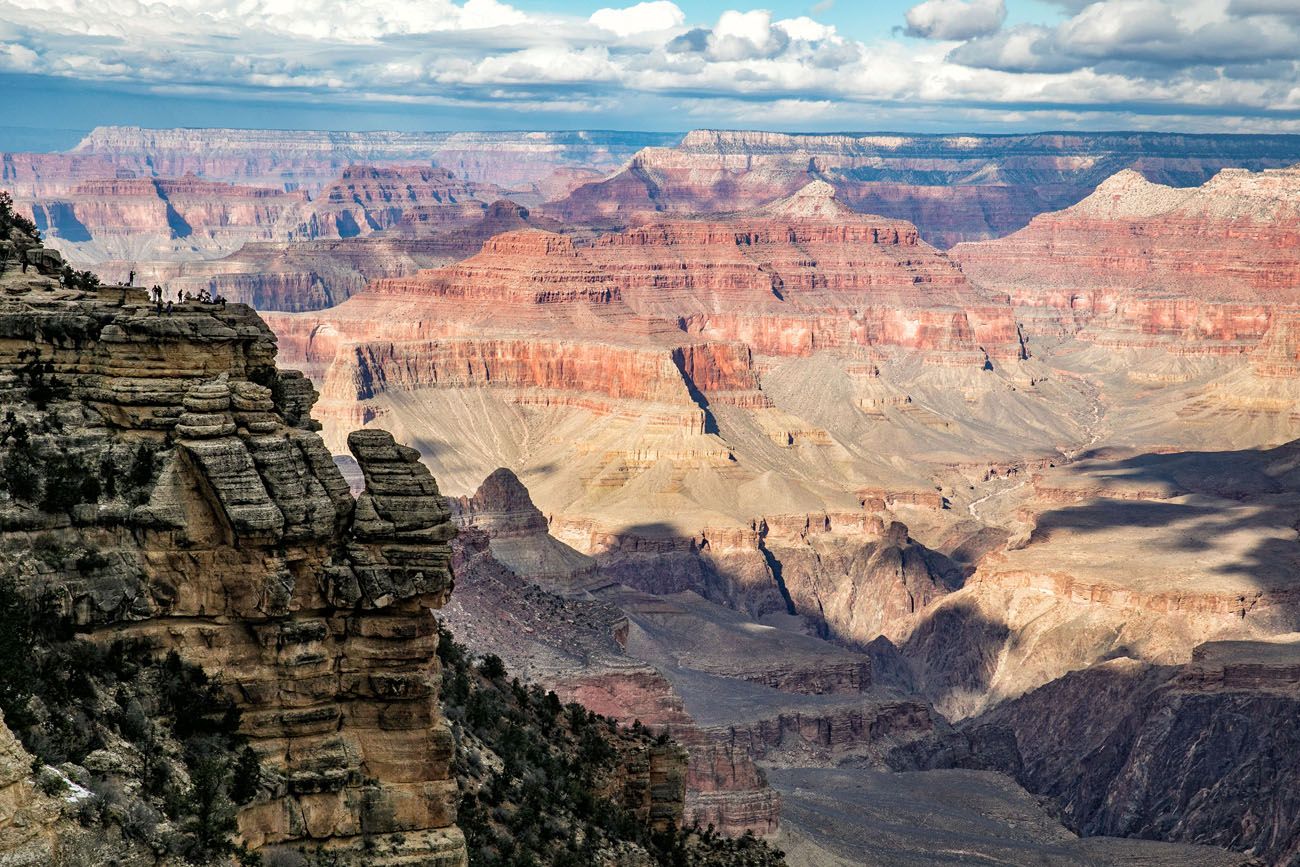Grand Canyon South Rim Elevation: What You Need to Know Before You Go
The Grand Canyon. A majestic chasm carved over millennia, offering breathtaking vistas and a humbling reminder of nature’s power. But before you pack your bags and head to this natural wonder, it’s crucial to understand a significant factor that can impact your trip: the elevation. This article will delve into the specifics of the Grand Canyon South Rim elevation, providing you with vital information to ensure a safe and enjoyable experience.
Understanding the South Rim’s Altitude
The South Rim of the Grand Canyon sits at a considerable elevation, impacting everything from your physical comfort to your ability to fully appreciate the beauty surrounding you.
Elevation Range: The South Rim’s elevation varies slightly depending on the specific location, but generally ranges from approximately 7,000 to 8,000 feet (2,134 to 2,438 meters) above sea level. This is significantly higher than many visitors are accustomed to, especially those traveling from lower elevations.
Specific Viewing Points: Popular viewpoints like Mather Point, Yavapai Geology Museum, and Grandview Point all fall within this elevation range.
Impact of Altitude: This high altitude can lead to various physiological effects, collectively known as altitude sickness. Understanding these effects and taking preventative measures is essential for a positive experience.
Preparing for the Altitude: Minimizing Altitude Sickness
Altitude sickness can manifest in several ways, from mild discomfort to more serious conditions. Planning and preparation are key to mitigating these risks.
Acclimatization: If possible, spend a day or two at a slightly higher elevation before arriving at the South Rim. This allows your body to gradually adjust to the thinner air.
Hydration: Drink plenty of water before, during, and after your visit. The dry air at high altitudes can exacerbate dehydration. Avoid excessive alcohol and caffeine, as they can dehydrate you further.
Pace Yourself: Avoid strenuous activities on your first day. Take it slow, especially when hiking. The thinner air makes even simple tasks feel more challenging.
Listen to Your Body: Pay attention to any symptoms of altitude sickness, such as:
- Headache
- Nausea
- Fatigue
- Dizziness
- Shortness of breath
- Difficulty sleeping
Medication: Consult with your doctor before your trip about medications that can help prevent or treat altitude sickness.
Food: Eat light, frequent meals. Avoid heavy, rich foods that can be harder to digest.
Hiking at High Altitude: Safety First
Hiking in the Grand Canyon is an unforgettable experience, but it’s even more challenging at high altitude.
Choose Appropriate Trails: Select trails that match your fitness level and experience. The National Park Service rates trails based on difficulty. Start with shorter, less strenuous hikes.
Carry Plenty of Water: This is non-negotiable. Dehydration is a major risk at high altitude. Carry more water than you think you’ll need.
Proper Gear: Wear sturdy hiking boots, appropriate clothing for changing weather conditions (layers are key), and sun protection (hat, sunglasses, sunscreen).
Trail Etiquette: Be aware of other hikers. Yield to uphill hikers and stay on marked trails.
Know Your Limits: Turn back if you feel unwell or the conditions become too challenging. There is no shame in prioritizing your health and safety.
Inform Someone of Your Plans: Let someone know your hiking route, estimated return time, and emergency contact information.
Weather Considerations and Elevation
The elevation of the South Rim also influences the weather conditions you’ll encounter.
Temperature Fluctuations: Temperatures can vary dramatically throughout the day, even in the same season. Be prepared for warm days and cold nights.
Sun Exposure: The intense sunlight at high altitude can be more damaging. Wear sunscreen, a hat, and sunglasses.
Seasonal Variations: Winter brings snow and ice, requiring specialized gear and caution. Summer can bring intense heat, requiring increased hydration and careful planning.
Check the Forecast: Before you go, check the weather forecast and pack accordingly. Be prepared for potential changes in conditions.
Conclusion: Enjoying the Majesty of the Grand Canyon
The Grand Canyon South Rim’s elevation is a crucial factor to consider when planning your trip. By understanding the altitude, preparing your body, and taking necessary precautions, you can minimize the risks of altitude sickness and maximize your enjoyment of this incredible natural wonder. Remember to prioritize safety, stay hydrated, and listen to your body. With proper planning and preparation, you can create lasting memories and experience the awe-inspiring beauty of the Grand Canyon.
Frequently Asked Questions (FAQs)
1. What are the symptoms of altitude sickness?
Common symptoms include headache, nausea, fatigue, dizziness, shortness of breath, and difficulty sleeping.
2. How can I prevent altitude sickness?
Acclimatize gradually if possible, stay hydrated, avoid alcohol and caffeine, pace yourself, and consider consulting your doctor about medication.
3. Is it safe to hike at the Grand Canyon South Rim?
Hiking is safe, but it requires preparation and caution, especially at high altitude. Choose appropriate trails, carry plenty of water, wear proper gear, and be aware of your limits.
4. Should I bring any special equipment for hiking at the South Rim?
Yes, depending on the season and trail, you may need hiking boots, trekking poles, warm layers, rain gear, and plenty of water.
5. What is the best time of year to visit the Grand Canyon South Rim?
The shoulder seasons (spring and fall) often offer the most pleasant weather, fewer crowds, and moderate temperatures. Summer can be hot, and winter can bring snow and ice. Consider your tolerance for heat and cold when planning your trip.




